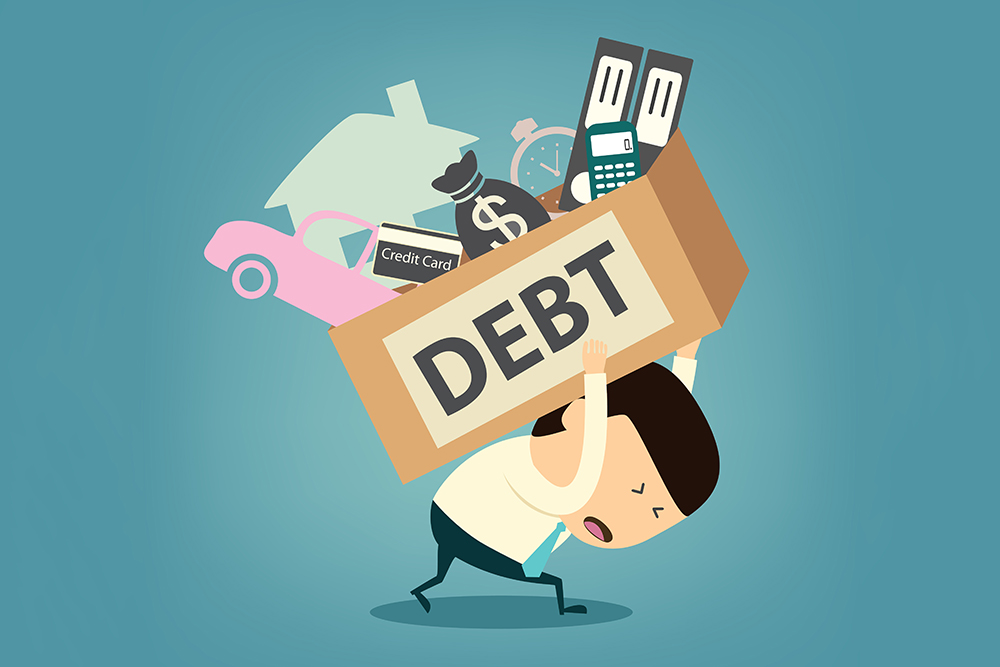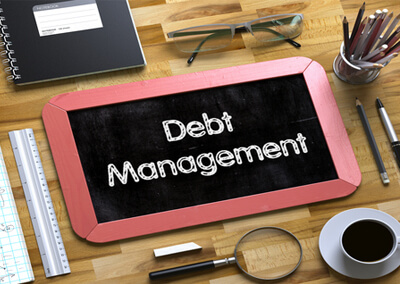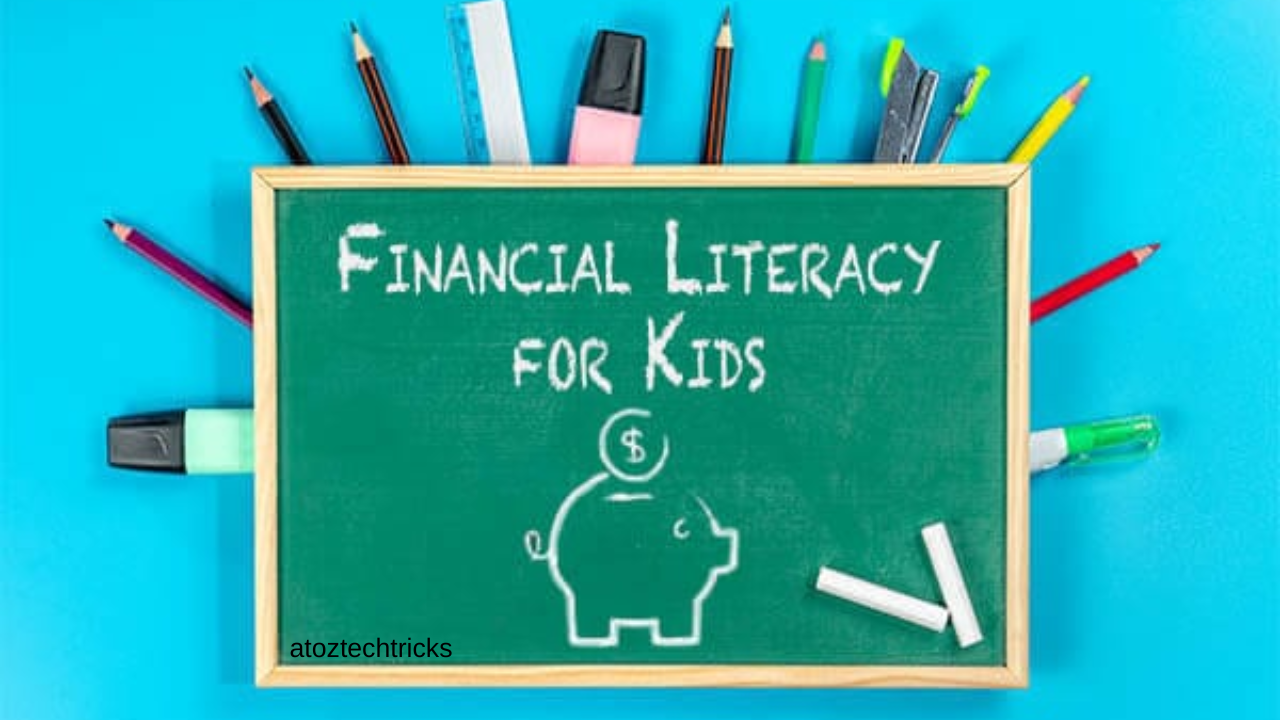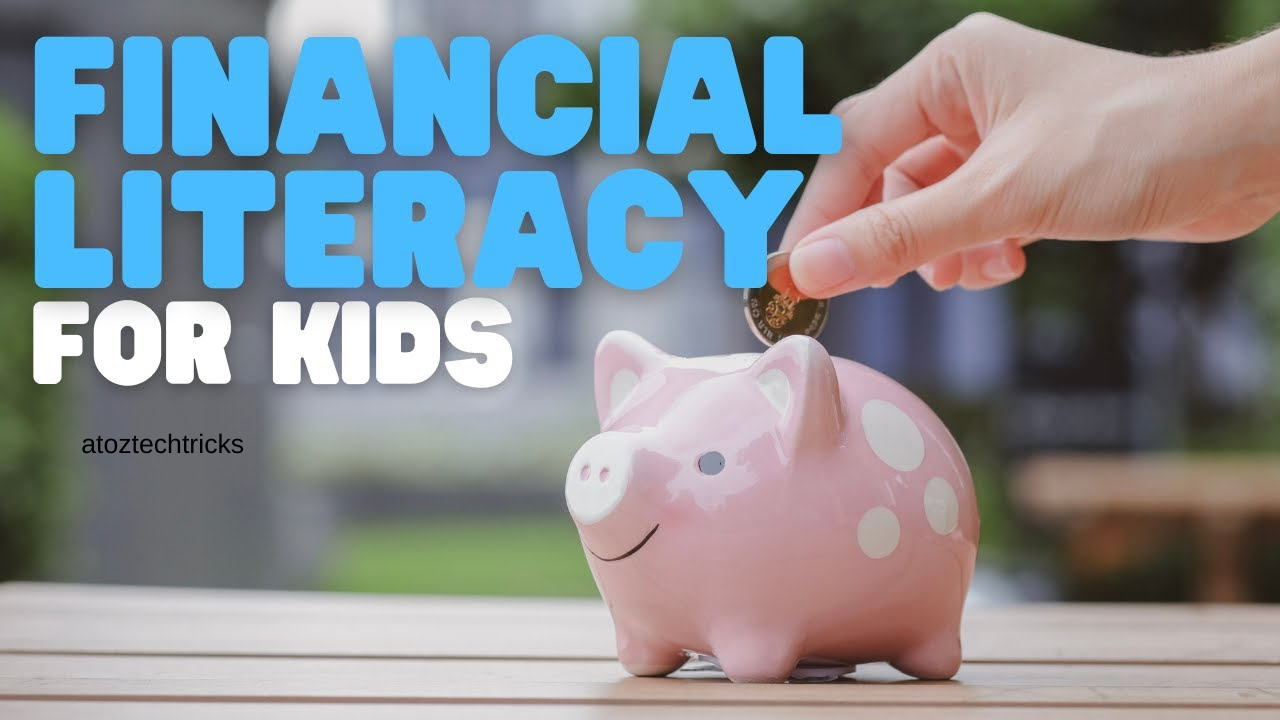Mastering Debt Management – A Comprehensive Guide to Financial Freedom
Debt is a common financial burden that millions of people across the globe face daily. Whether it’s student loans, credit card balances, mortgages, or medical bills, managing debt effectively is crucial to maintaining financial health and achieving long-term financial goals. This comprehensive guide will walk you through the essentials of debt management, offering practical strategies to reduce, eliminate, and prevent debt, enabling you to take control of your financial future.
Understanding Debt: Types and Impacts
Before diving into debt management strategies, it’s essential to understand the different types of debt and their potential impacts on your financial situation.
Secured vs. Unsecured Debt
- Secured Debt: This type of debt is backed by collateral, meaning the lender has the right to seize the asset (such as a house or car) if the borrower fails to make payments. Common examples include mortgages and auto loans. While secured debt often comes with lower interest rates due to the collateral, the risk of losing valuable assets makes it crucial to manage carefully.
- Unsecured Debt: Unsecured debt is not backed by any collateral, making it riskier for lenders. As a result, interest rates on unsecured debt, such as credit cards, personal loans, and medical bills, are generally higher. Failure to manage unsecured debt can lead to financial instability and significant stress due to the potential accumulation of high-interest charges.
The Emotional and Psychological Impact of Debt
Debt can have a profound emotional and psychological impact, leading to stress, anxiety, and even depression. The burden of debt often affects relationships, work performance, and overall well-being. Understanding the psychological toll of debt is vital in recognizing the importance of effective debt management.
Assessing Your Debt Situation
The first step in debt management is to assess your current debt situation. This involves taking a detailed inventory of all your debts, including the amounts owed, interest rates, and payment terms.
Creating a Debt Inventory
Start by listing all your debts, including:
- Type of Debt: Credit cards, student loans, mortgages, etc.
- Balance: The total amount owed.
- Interest Rate: The percentage charged by the lender.
- Minimum Payment: The minimum amount you must pay each month.
- Due Date: When the payment is due each month.
Having a clear picture of your debts allows you to prioritize and plan your debt management strategy effectively.
Calculating Your Debt-to-Income Ratio
Your debt-to-income (DTI) ratio is a crucial indicator of your financial health. It is calculated by dividing your total monthly debt payments by your gross monthly income. A high DTI ratio indicates that you are carrying too much debt relative to your income, which can be a red flag for lenders and may impact your ability to obtain credit.
To calculate your DTI ratio:
- Add up your total monthly debt payments (e.g., mortgage, credit cards, auto loans).
- Divide the total by your gross monthly income.
- Multiply the result by 100 to get a percentage.
A DTI ratio below 36% is considered healthy, while anything above 50% may require immediate debt management intervention.

Strategies for Managing Debt
Once you have a clear understanding of your debt situation, it’s time to explore strategies to manage and reduce your debt effectively.
1. Creating a Budget
A well-structured budget is the cornerstone of effective debt management. It helps you allocate your income towards necessary expenses, debt repayment, and savings. To create a budget:
- Track Your Income and Expenses: Monitor your income sources and categorize your expenses (e.g., housing, groceries, transportation, entertainment).
- Identify Areas to Cut Back: Review your expenses to find areas where you can reduce spending. Redirect these savings towards debt repayment.
- Allocate Funds for Debt Repayment: Prioritize debt payments in your budget, ensuring you cover at least the minimum payments on all debts. Consider allocating any extra funds towards paying off high-interest debt first.
2. The Debt Snowball vs. Debt Avalanche Methods
Two popular strategies for paying off debt are the debt snowball and debt avalanche methods.
- Debt Snowball Method: This approach involves paying off the smallest debt first, regardless of the interest rate. Once the smallest debt is paid off, you roll the amount you were paying into the next smallest debt, creating a snowball effect. This method provides psychological motivation as you see debts being eliminated one by one.
- Debt Avalanche Method: The debt avalanche method focuses on paying off the debt with the highest interest rate first. This strategy minimizes the amount of interest paid over time and can lead to faster overall debt reduction. However, it may require more discipline as it takes longer to see individual debts eliminated.
3. Consolidating Debt
Debt consolidation involves combining multiple debts into a single loan or payment plan, often at a lower interest rate. This can simplify your debt management by reducing the number of payments you need to make each month and potentially lowering your overall interest costs. Common debt consolidation options include:
- Balance Transfer Credit Cards: Transfer high-interest credit card balances to a card with a lower interest rate or a 0% introductory rate.
- Debt Consolidation Loans: Take out a personal loan to pay off multiple debts, leaving you with a single monthly payment.
- Home Equity Loans/Lines of Credit: Borrow against the equity in your home to pay off debt. This option can offer lower interest rates but puts your home at risk if you default.
Prioritizing Debt Repayment: A Comprehensive Guide to Financial Freedom
4. Negotiating with Creditors
If you’re struggling to keep up with debt payments, consider negotiating with your creditors. Many lenders are willing to work with borrowers to create more manageable payment plans. This could include:
- Lowering Interest Rates: Request a lower interest rate, which can reduce your monthly payment and the overall cost of the debt.
- Extending Payment Terms: Lengthening the repayment period can lower your monthly payment, though it may increase the total interest paid over time.
- Settling for Less Than Owed: In some cases, creditors may agree to accept a lump-sum payment that is less than the total amount owed. This option may negatively impact your credit score but can help you get out of debt faster.
5. Seeking Professional Help
If your debt situation is overwhelming, seeking professional help may be necessary. Several options are available:
- Credit Counseling: Non-profit credit counselling agencies offer free or low-cost services to help you create a budget, manage debt, and develop a repayment plan. They may also offer debt management plans (DMPs) that consolidate your debts into a single monthly payment.
- Debt Settlement Companies: These companies negotiate with creditors on your behalf to settle your debts for less than what you owe. However, debt settlement can be risky and may harm your credit score.
- Bankruptcy: As a last resort, bankruptcy can provide relief from overwhelming debt, but it comes with significant consequences, including a long-term negative impact on your credit score and potential loss of assets. Consult with a bankruptcy attorney to explore this option.
Preventing Future Debt
Once you’ve successfully managed and reduced your current debt, it’s essential to take steps to prevent future debt accumulation. Here are some strategies to help you stay debt-free:
1. Building an Emergency Fund
An emergency fund is a crucial financial safety net that can prevent you from falling back into debt when unexpected expenses arise. Aim to save three to six months’ worth of living expenses in a separate, easily accessible account. This fund can cover emergencies such as medical bills, car repairs, or job loss, reducing the need to rely on credit cards or loans.
2. Using Credit Wisely
Responsible credit use is key to avoiding future debt. Here are some tips for managing credit effectively:
- Pay Off Balances in Full: Whenever possible, pay off your credit card balances in full each month to avoid interest charges.
- Limit Credit Card Use: Use credit cards only for essential purchases and avoid using them as a way to fund a lifestyle beyond your means.
- Monitor Your Credit Report: Regularly check your credit report for errors or signs of identity theft. Correcting inaccuracies can help maintain a healthy credit score, which can lead to better-borrowing terms in the future.

3. Living Within Your Means
Living within your means involves spending less than you earn and avoiding lifestyle inflation. To achieve this:
- Create and Stick to a Budget: Continuously monitor your spending and adjust your budget as needed to ensure you’re living within your means.
- Avoid Impulse Purchases: Before making a significant purchase, consider whether it’s a need or a want. Delay non-essential purchases to give yourself time to evaluate if they’re truly necessary.
- Prioritize Savings: Regularly contribute to savings accounts for specific goals, such as retirement, vacations, or major purchases, to avoid going into debt for these expenses.
4. Investing in Financial Education
Educating yourself about personal finance is one of the most effective ways to prevent future debt. By understanding how to budget, save, invest, and manage credit, you’ll be better equipped to make informed financial decisions. Consider the following resources for financial education:
- Books and Online Courses: Many books and online courses cover various aspects of personal finance, from budgeting to investing.
- Financial Advisors: A certified financial planner (CFP) can provide personalized advice based on your financial situation and goals.
- Workshops and Seminars: Attend workshops or seminars on topics like debt management, retirement planning, and investing.
5. Setting Financial Goals
Having clear financial goals can help you stay motivated and focused on maintaining a debt-free lifestyle. Whether it’s saving for a home, retirement, or a dream vacation, setting specific, measurable, achievable, relevant, and time-bound (SMART) goals can guide your financial decisions and prevent unnecessary debt.
The Role of Technology in Debt Management
In today’s digital age, technology plays a significant role in helping individuals manage their debt more effectively. Various tools and apps are available to assist with budgeting, tracking expenses, and automating debt payments.
1. Budgeting Apps
Budgeting apps, such as Mint, YNAB (You Need a Budget), and PocketGuard, help you track your income and expenses in real time. These apps can categorize your spending, set spending limits, and provide insights into where you can cut back to allocate more funds toward debt repayment.
2. Debt Repayment Calculators
Online debt repayment calculators can help you plan and visualize your debt reduction strategy. By inputting your debts, interest rates, and payment amounts, these calculators can show you how long it will take to pay off your debt and how much interest you’ll save by making extra payments.
3. Automated Payments
Setting up automated payments for your debts can help ensure that you never miss a payment, which is crucial for avoiding late fees and penalties. Most banks and creditors offer the option to schedule automatic payments, giving you peace of mind that your payments are made on time each month.
4. Credit Monitoring Services
Credit monitoring services, such as Experian, Equifax, and TransUnion, can help you stay on top of your credit health by providing regular updates on your credit score, alerts for any changes to your credit report, and tips for improving your credit. Monitoring your credit is essential for maintaining a strong credit score, which can lead to better borrowing terms and lower interest rates in the future.
Taking Control of Your Financial Future
Debt management is a critical aspect of personal finance that requires careful planning, discipline, and commitment. By understanding the different types of debt, assessing your debt situation, and implementing effective strategies to manage and reduce your debt, you can regain control of your financial future.

Preventing future debt accumulation is equally important. Building an emergency fund, using credit wisely, living within your means, investing in financial education, and setting financial goals are all essential steps to maintaining a debt-free lifestyle.
Remember, managing debt is a journey, not a destination. It requires continuous effort and vigilance to ensure that you stay on track and avoid falling back into old habits. With the right tools, strategies, and mindset, you can achieve financial freedom and enjoy a life free from the burden of debt.




Post Comment